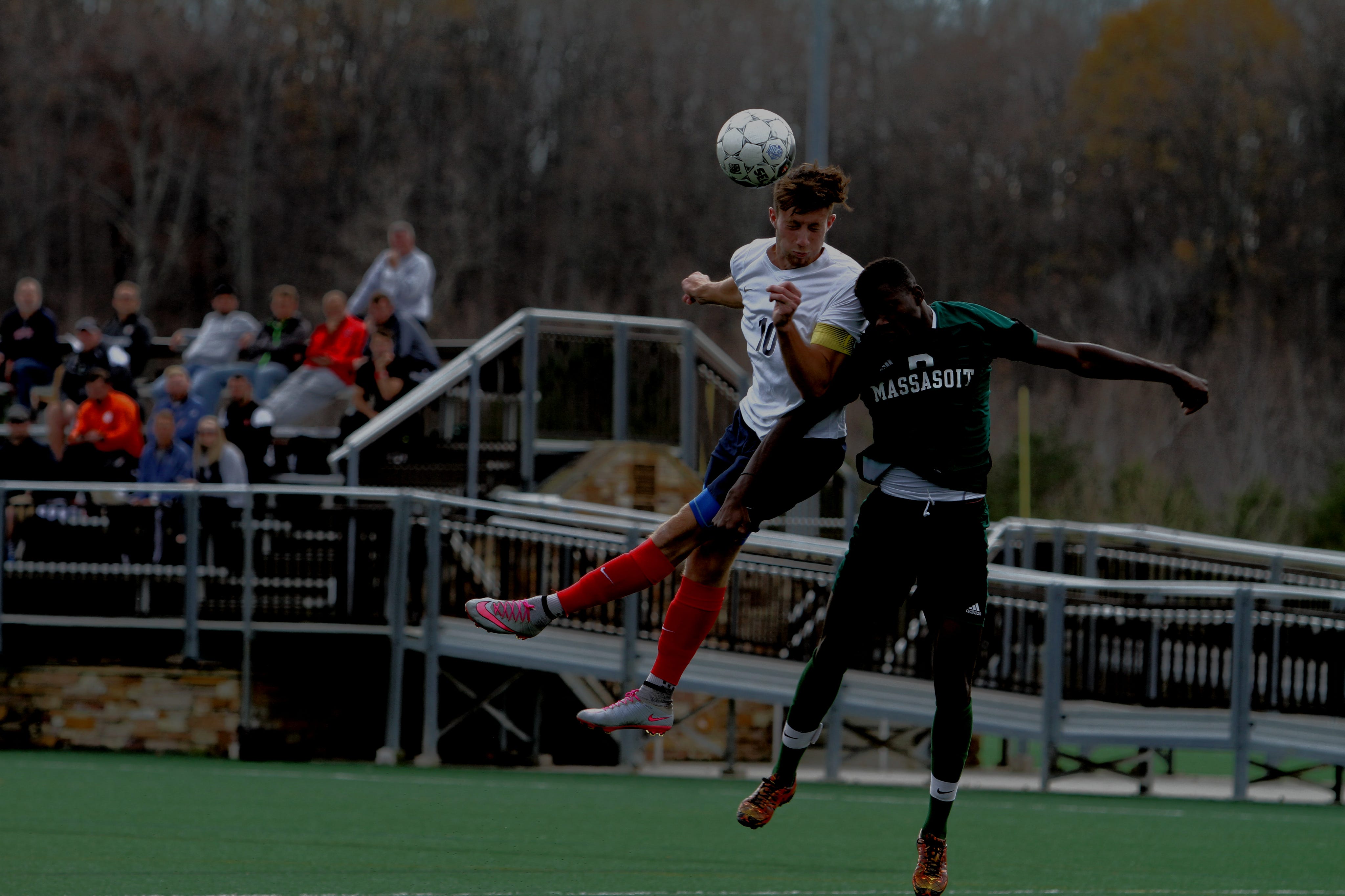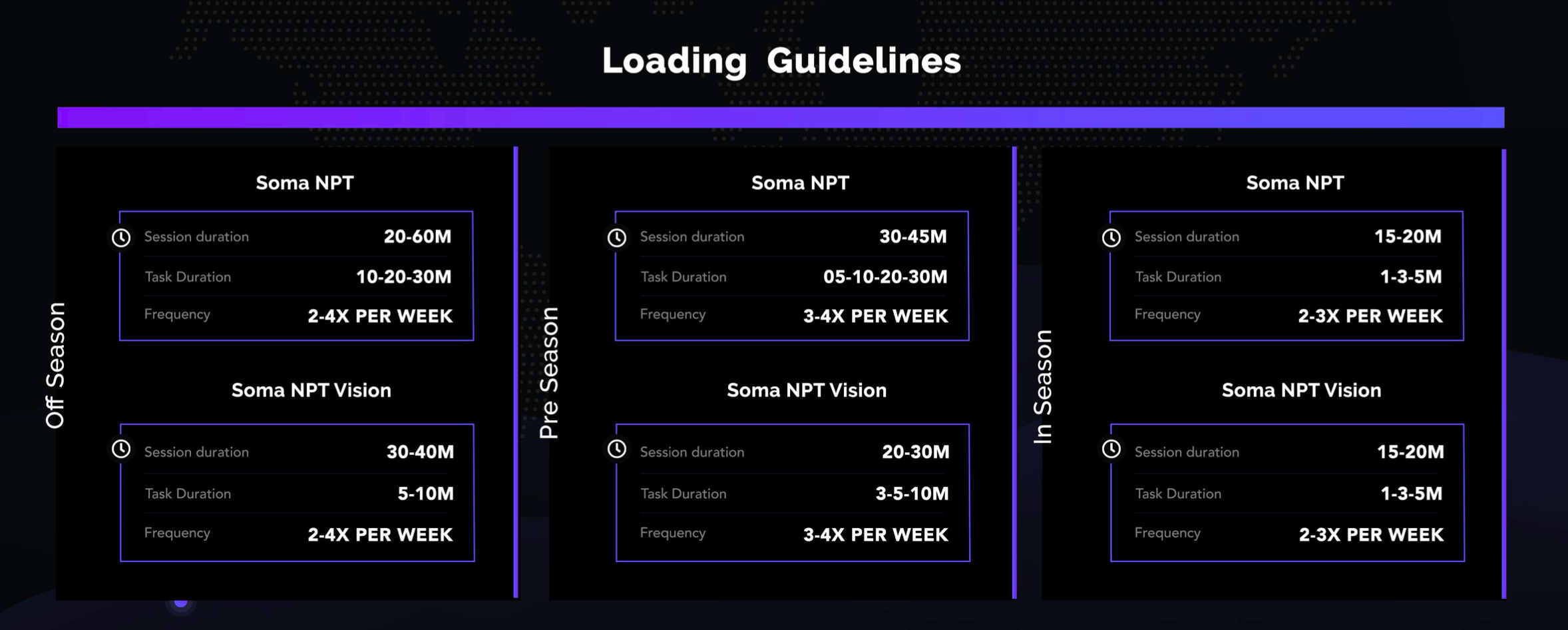Designing your athletes cognitive training
Correct cognitive programming is essential to progress.

Correct cognitive programming is essential to progress. Currently there is a huge gap between physical training and cognitive training in the high performance sports world. Physical training is carefully planned out and cognitive training is thrown into the mix like a little bit of spice added to your food to give it some extra flavour. Entertainment factor seems to be the driving factor rather than measureable gains.
Cognitive training is no different than physical training in respects to having a structured plan and the same laws apply. You must do the groundwork in order to get results. Otherwise you will fall into the trap of just “Spicing” up the training plan, with no measurable results to back up what you are doing.
In these unusual circumstances, many teams are looking at ways to cut costs. Many jobs are on the line. Those working in high performance are now being asked to review budgets and explain spending, even explain their own methods. In order to get results AND have a solid science backed argument for your methods, you must produce a plan that can explain itself. In these times, spending money on ‘fun’ training equipment is not likely to fly well with those who are writing the cheques.
Fortunately, programming and executing cognitive plans can be simple and effective. Before you begin programming your athletes cognitive training you will need to make sure you have set up up the basics such as your athletes KPIs and baseline test. By taking these simple steps you are setting your athlete and yourself up for long term success.
If you need to recap the basics please read the article below.
Designing your athletes cognitive baseline.
Now that you have set up your athletes KPIs and constructed your athletes cognitive baseline test you can begin designing their cognitive training programme. To begin with you will need to look at the athletes current schedule and time commitments. Below we have given the minimal effective dose time requirements and also optimal time requirements per season.
Minimal time requirements per week
- Off Season 120m
- Pre Season 90m
- In Season 45m
Optimal time requirements per week
- Off Season 180m
- Pre Season 135m
- In Season 60m

After you have your time commitments clear, it is time to move onto the placement of the sessions. You will want to make sure the placement of cognitive training fits with the KPIs and is a seamless experience. This will ensure the athlete is consistent with their training regime.
Below are the recommended placement options that are tried and tested in professional sport.
Pre Session Cognitive Training
Benefits
- Saves time in team environments
- Increases perception of effort without having to add extra load. Your weight will feel heavier, sprints will feel harder, skills will be trickier. This builds your mental workload without having to add more physical load.
- Can help to avoid physical over training.
- Builds a mentally resilient athlete and increases mental demands on the athlete.
In Session Cognitive Training
Benefits
- Easy integration into different aspects of performance strength, power, skill, cardio training.
- Adds another dynamic element to an athlete’s schedule.
- Less friction when integrating into large environments.
- Effective in keeping athletes engaged between sets/blocks.
- Increases mental demands on the athlete while they are in session which is good preparation for tough competition.
- We highly recommend using this tactic with athletes during IN-SEASON to keep them sharp.
Post Session Cognitive Training
Benefits
- Time efficient.
- Can be done anywhere. At home or at the training ground.
- Fits in with busy travel schedules.
- Performing BET after a hard training session you are stretching the brains capacity.
- By doing BET before bed when you are physically/mentally tired the effect is even larger on the brain.
Pre, In, Post Session Cognitive Training
Benefits
- Increases mental demands on the athlete.
- Builds a mentally resilient athlete.
- Learn to maintain skill set under massive fatigue and pressure.
- Full immersive training with a psychobiological approach.
Next is the programme design. This is where you want to ensure you are hitting the correct cognitive thresholds and you are using the KPIs to guide you on task selection.
The definition of threshold
The magnitude or intensity that must be exceeded for a certain reaction, phenomenon, result, or condition to occur or be manifested.
“nothing happens until the signal passes the threshold”
the level or point at which you start to experience something, or at which something starts to happen:
The best way to describe this is to explain it in push up reps. When we begin training push ups, we need to reach a certain threshold of fatigue each time in order for the body to be forced to adapt and get stronger at the exercise. Sometimes this leaves you sore, and tired, but you are able to carry on with life and your duties. Cognitive training needs to be approached in much the same way. The brain must be pushed in order to adapt capacity. Only performing sessions of 6 minutes (roughly half the recommended dose or less) is the mental equivalent of doing two push ups per day. It does not provide enough load to reach the threshold required for change. You cannot assume that shorter sessions will still do something or half sessions will provide half the result. This simply is not the case. Failing to reach the threshold can result in little or no change. The brain is functioning all the time and therefore needs even more load than the body would need to create change.
Once you have planned all of the above you need to deploy the plan and monitor the data. At the end of the training plan you can run a baseline comparison report and identify any strengths or weaknesses that may of showed up and plan for the next mesocycle. These analytical reports also provide you with an excellent review process if you are asked to show evidence for your training protocols.



Comments
Post a Comment